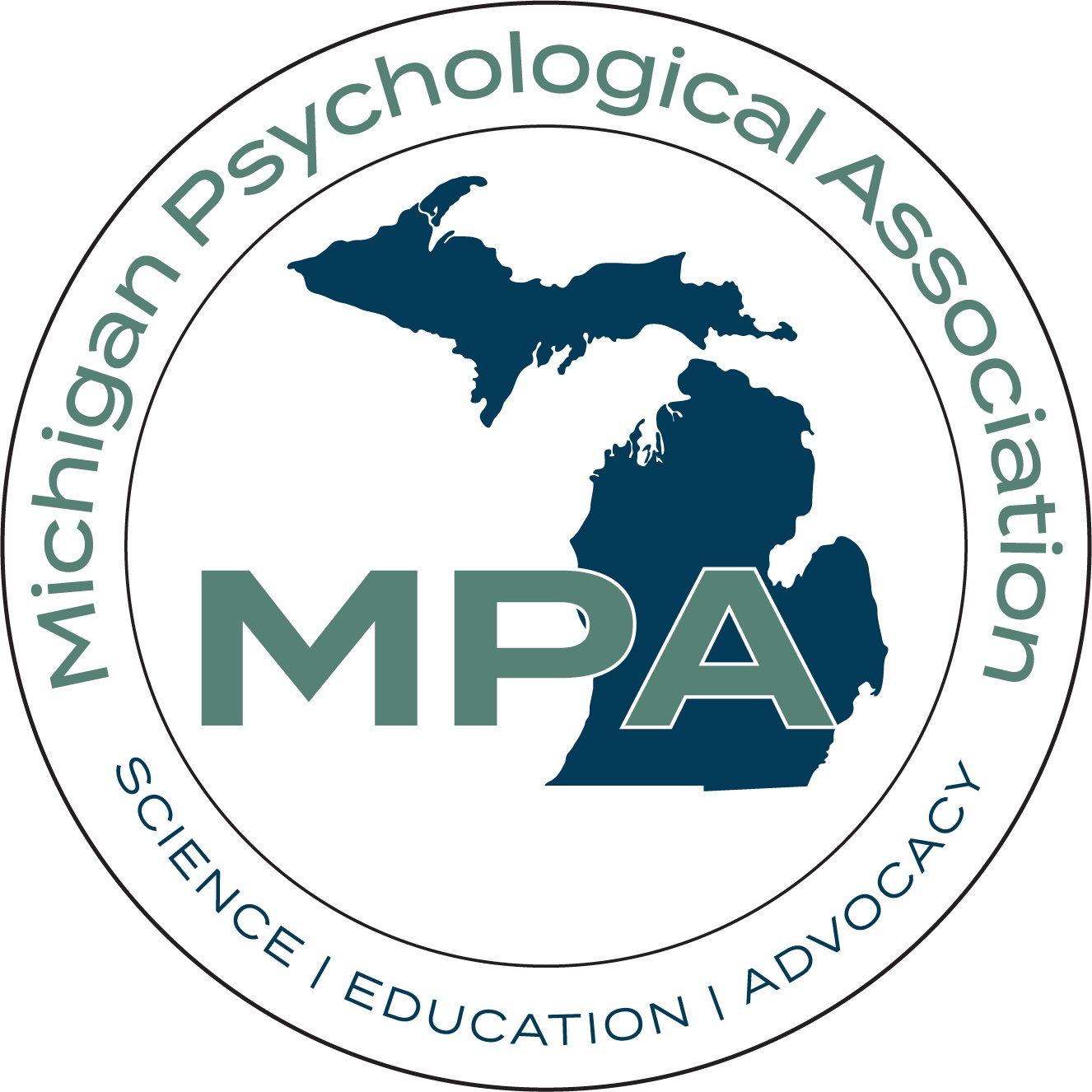Watching Disaster News on TV and Social Media Can Spell PTSD for Some Children
What’s New in Psychology
Watching Disaster News on TV and Social Media Can Spell PTSD for Some Children
Jim Windell
People hospitalized with serious COVID-19 symptoms. Wildfires in the western U.S. Tornadoes that destroyed neighborhoods in the Midwest. A school shooting in Oxford, Michigan.
These disasters have occupied TV and print news for months. And children caught in the middle of these catastrophic events will suffer – perhaps even showing signs of PTSD over the next few months.
But what of the children who are hundreds or thousands of miles away and quite safe from any of these particular disasters? Can they still experience trauma?
They can – if they are exposed to news of the catastrophic events through images on TV or in social media.
According to Jonathan S. Comer and Anthony Steven Dick, both professors of psychology at Florida International University, images of a disaster can have a powerful psychological impact on children.
Writing about their research in The Conversation, a website featuring academic articles, Comer and Dick indicate that their latest studies use brain scans to show how just watching news coverage of disasters can raise children’s anxiety and trigger responses in their brains that put them at risk of post-traumatic stress symptoms.
Of course, you could just protect children by restricting their access to the news. However, thanks to the pervasiveness of social media and 24-hour network and cable news coverage, that is an almost impossible assignment for concerned mothers and fathers. No matter how hard parents of young children may try, kids are still likely to be exposed to images of disasters.
But why are some children more than others more vulnerable to these kinds of effects?
Their research has investigated this as well.
While exposure to disasters can trigger post-traumatic stress symptoms, such as loss of sleep, intrusive thoughts about the experience, memory impairments or severe emotional distress, still only about 10% of people – including children – who are directly exposed to traumatic events develop symptoms that are severe enough to meet diagnostic criteria for PTSD.
Which people are most vulnerable to PTSD?
Writing in The Conversation, Comer and Dick, point out that a once-dominant theory of disaster mental health, sometimes called the “bull’s-eye model,” proposed that the negative mental health effects of a disaster were directly related to how close the person was to the center – the bull’s eye – of the event. But more recent studies tend to find that the negative mental health effects of disasters extend far beyond the immediate disaster area.
In Comer and Dick’s research, however, they find that preexisting and identifiable neurobiological profiles can make young people especially susceptible to the harmful mental health effects of disaster-related news coverage. Although they found in their MRI brain scans that there is an association between being exposed to media coverage and later PTSD symptoms, still that association between media exposure and PTSD symptoms were strongest for children with a strong response in the amygdala, a brain area involved in processing fear and detecting threats. At the same time, their brain scans showed reduced activity in another region of the brain, the orbitofrontal cortex, thought to be involved in reducing emotional arousal.
In effect, that brain activation profile marked vulnerability for developing PTSD symptoms after viewing disaster-related media coverage.
But can parents do anything to help prevent PTSD symptoms in their children?
Professors Comer and Dick suggest that parents can monitor and limit access to some internet content for young viewers. Even though parents may need to be updated on the news periodically, it doesn’t mean that they need the TV tuned into the news of disasters over hours or extended periods of time. In other words, neither the TV or social media needs to be on constantly.
Comer and Dick end by advising that it is easy to routinely unplug – and unplugging from TV news and social media will be good for the mental health of children.
To read the original article, click here.




